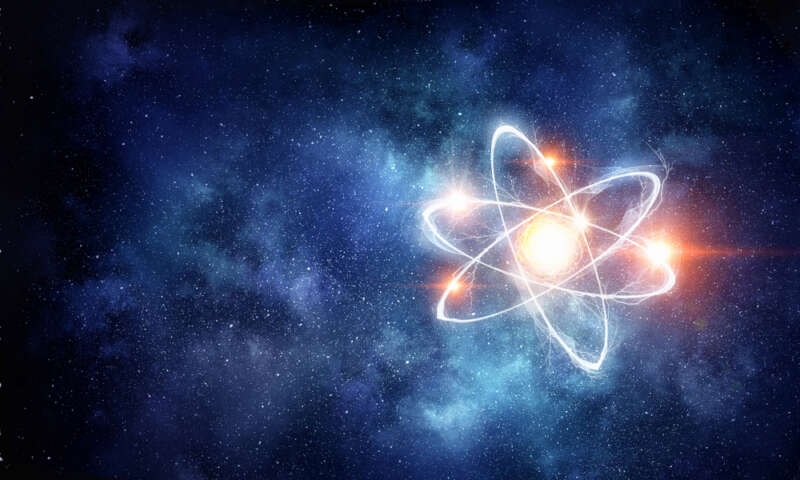
The Department of Energy (DoE) will have at least three small modular reactors (SMRs) running by July of next year, Energy Secretary Chris Wright told Congress on Wednesday – announcing a significant step forward for next-generation nuclear energy.
Testifying before the full Senate Energy and Natural Resources Committee on the White House’s Energy Department budget request for fiscal year (FY) 2026, Wright said the reactors would be located within DoE’s containment facility at the Idaho National Laboratory.
SMRs are compact nuclear reactors designed for scalable and safer power generation.
“Let’s get them on the ground,” Wright said of the SMRs, adding later that “these are reactors that have been talked about for 15 years.”
Wright also cited authority granted under an executive order from President Donald Trump last month that allows the Energy Department to bypass the independent Nuclear Regulatory Commission in approving advanced reactor designs and projects.
“Some of them can be built quickly and ready to go,” said Wright. “And we want to use that authority, because our fear is [with] the old way it worked, five years from now we will still be talking about that ‘soon, we’re going to have SMRs’.”
Though there are some limitations on Wright’s authority, the secretary explained in an exchange with Sen. John Barrasso, R-Wyo., that when industry players request to build artificial intelligence data centers or nuclear reactors on DoE-owned land, they cannot sell electricity from their infrastructure.
“[They can] run for tasks, or for … other purposes, but there is a limit there,” said Wright.
“We need to make it happen,” Wright said of nuclear power generation. “It’s just a great energy source that can help the world.”
Congress has previously explored the potential for using SMRs to power AI data centers – pursuant to another Trump directive earlier this year – as the nation looks to meet rapidly increasing energy demands.
“We could fuel a fleet of nuclear reactors for over 100 years,” Rep. Gary Palmer, R-Ala., said during a congressional hearing in April on powering AI.
Rep. Palmer also noted that changes in regulations would be necessary to innovate the SMRs, while other witnesses at the same hearing said the infrastructure for them likely wouldn’t be available for another decade.
Total electricity consumption is projected to increase 6 to 12 percent by 2028 compared to 2023, according to the DoE. Currently, the United States’ 94 nuclear reactors generate around 19 percent of the nation’s electricity, compared to fossil fuels at 60 percent and renewables at 21 percent, according to the U.S. Energy Information Administration.
Wright also addressed the future of the DoE’s Advanced Research Projects Agency-Energy (ARPA-E), stating it would remain operational despite undergoing a 57 percent budget cut.
“We will keep ARPA-E, and it’ll be at a reasonable level,” Wright told lawmakers. “But it had grown fast and wild, and it backed a number of great projects and maybe a lot of more politically motivated – not technically motivated – projects.”
Wright added that the reduction will render the entity “sizable and meaningful.”
Sen. Angus King, I-Maine, emphasized ARPA-E’s importance in funding non-commercial research and innovation, saying the Federal government plays a key role in filling that gap.
“Given the demand that we’re going to have for energy, it seems to me that research and new technologies are going to be critical to meeting that demand,” said Sen. King, adding that he hopes Wright will “maintain the level of support” that’s necessary.
